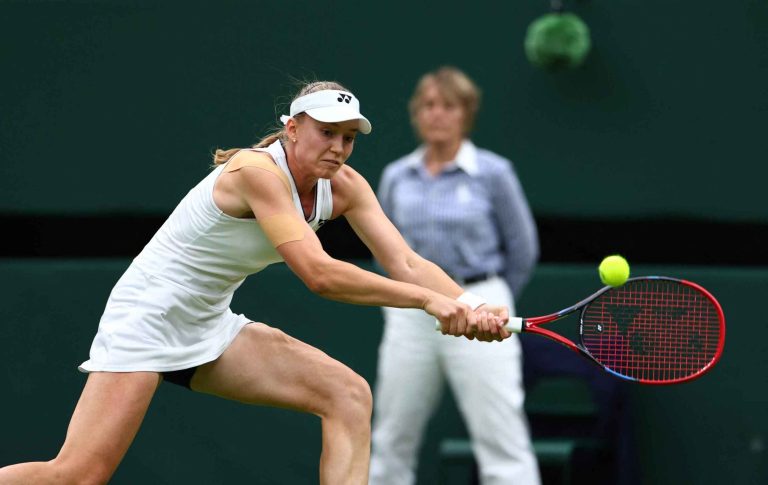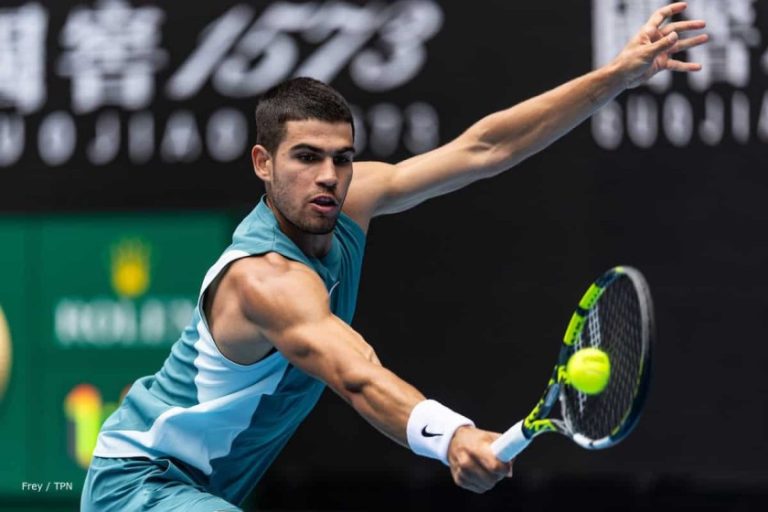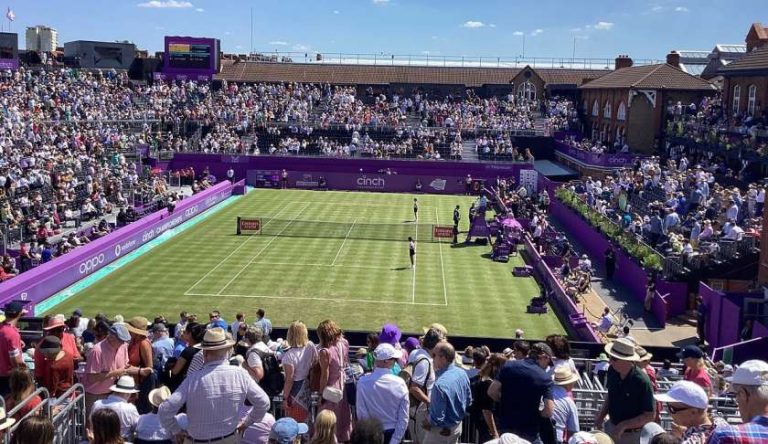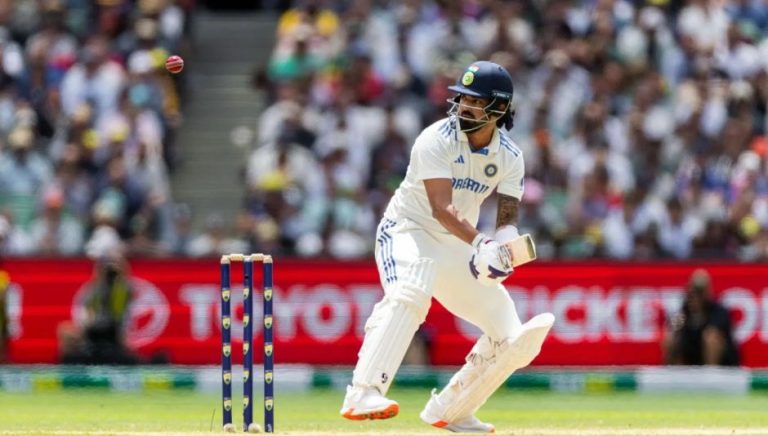
Table of Contents
Key Takeaways:
- Jaume Munar is making a determined effort to improve his performance on grass, aiming to defy his traditional clay-court specialist label at the London 2025 Queen’s Club.
- His recent match against Carlos Alcaraz at the Queen’s Club provides insights into his evolving tennis strategy on the quicker surface.
- Munar’s journey highlights the significant adaptation required for players to transition effectively from clay to the grass-court season.
The London 2025 Queen’s Club Championships, a prestigious warm-up for Wimbledon, often serves as a barometer for players’ grass-court ambitions. For Jaume Munar, a player whose game has been meticulously crafted on the red dirt of clay courts, this tournament represents a significant challenge and an opportunity to showcase his evolution. While he’s known as a formidable clay-court specialist, his presence and performance at the ATP Queen’s Club signal a serious intent to become a more well-rounded player, capable of competing across all surfaces.
The Clay-Court Foundation: Jaume Munar’s Roots
Born and raised in Mallorca, Spain, it’s no surprise that Jaume Munar developed his game primarily on clay. His success on this surface is well-documented, marked by grinding baseline rallies, heavy topspin forehands, and an unwavering defensive game that wears down opponents. He is a testament to the Spanish school of tennis, where patience, consistency, and physical endurance are paramount. However, the transition from the slow, high-bouncing clay to the fast, low-bouncing grass presents one of tennis’s most stark contrasts.
Adapting to Grass: A Strategic Shift
For a clay-court specialist like Munar, success on grass requires fundamental changes to his tennis strategy. The ball stays lower, rallies are shorter, and the serve becomes an even more dominant weapon. Players must flatten out their groundstrokes, improve their slice, and be willing to approach the net more frequently. Movement, too, is different; sliding on clay gives way to quick, precise steps and often more skidding on the slick grass.
Munar’s recent match against compatriot and reigning champion Carlos Alcaraz at the ATP Queen’s Club provided a fascinating glimpse into his ongoing adaptation. While Alcaraz ultimately secured the win, Munar demonstrated moments where his improved serve and willingness to hit flatter balls put pressure on the world No. 2. This suggests a dedicated effort in practice to overcome his natural inclinations and embrace the nuances of grass.
“Jaume has always been incredibly dedicated, and his commitment to improving on grass is a testament to his ambition,” says former ATP pro Alex Corretja. “He understands that to reach the next level, he needs to be comfortable on all surfaces. It’s a tough ask, but he’s making strides.”
Munar’s Grass-Court Journey: A Statistical Look
Historically, Jaume Munar has faced an uphill battle on grass. Before London 2025, his win-loss record on the surface has been significantly less impressive compared to his dominant clay statistics.
| Surface | Career Win-Loss Record | 2025 Win-Loss (as of current date) | Notes |
|---|---|---|---|
| Clay | 333-191 | 6-9 | His strongest surface, where he has won multiple Challenger titles. |
| Hard | 71-69 | 5-4 | Consistent, but less impactful than clay. |
| Grass | 4-13 | 1-0 | The surface he’s actively working to improve on. |
Data sourced from ATP Tour and Tennis Explorer as of June 19, 2025.
The single win on grass in 2025 already shows a slight improvement, indicating that his off-season and pre-grass season training might be yielding results. His victory against Jordan Thompson in the first round of the London 2025 Queen’s Club, though shortened by retirement, was a crucial step, demonstrating his ability to start well on the surface.
For a deeper dive into his career statistics, including specific tournament performances, you can visit his official ATP profile: “Jaume Munar ATP Tour Profile“.
The Bigger Picture: Beyond Queen’s Club
Jaume Munar‘s participation and performance at the London 2025 Queen’s Club are more than just about a single tournament. They are part of a broader commitment to enhancing his overall game and challenging the established order. While his primary focus may remain clay, demonstrating competence and resilience on grass can significantly boost his ranking and confidence. This period of the grass-court season is crucial for many players to fine-tune their games before Wimbledon.
His journey serves as an interesting case study for any player looking to expand their versatility across surfaces. It underscores that with dedication and strategic adjustments, even the most specialized athletes can evolve.
Given Jaume Munar’s dedication to improving on grass, what tactical adjustments do you think are most crucial for a clay-court specialist to achieve consistent success on the unique surface of Wimbledon?
FAQs
1. What is Jaume Munar‘s typical playing style, and how does it translate to grass courts?
Jaume Munar is predominantly a clay-court specialist known for his defensive prowess, heavy topspin, and tireless retrieving. On grass, his flatter shots and improved net play become crucial for success.
2. How has Jaume Munar performed on grass in previous seasons?
Historically, grass has been Munar’s least successful surface, with a limited number of wins. However, recent efforts indicate a concerted attempt to adapt his game.
3. What are the key challenges for clay-court players transitioning to grass?
Clay-court players often struggle with the lower bounce, faster pace, and slicker movement required on grass, necessitating adjustments to their footwork, serve, and return game.



